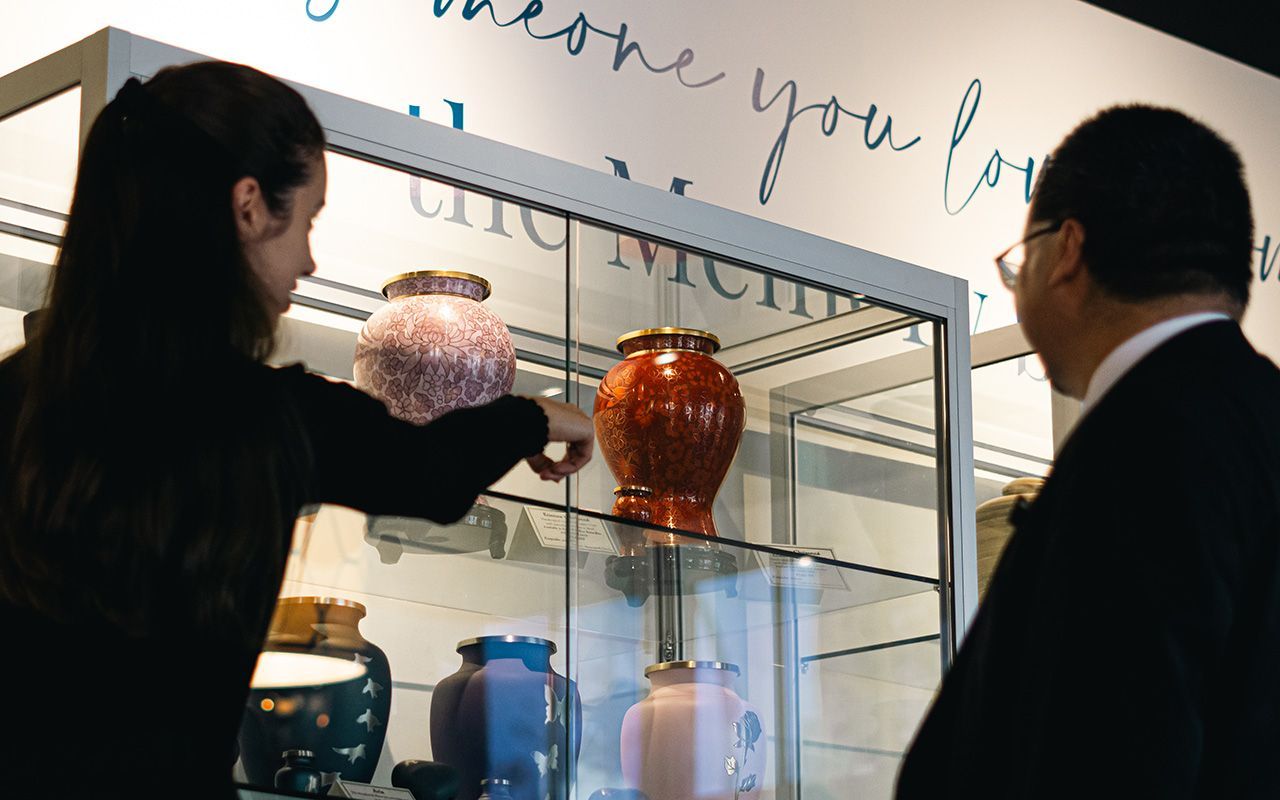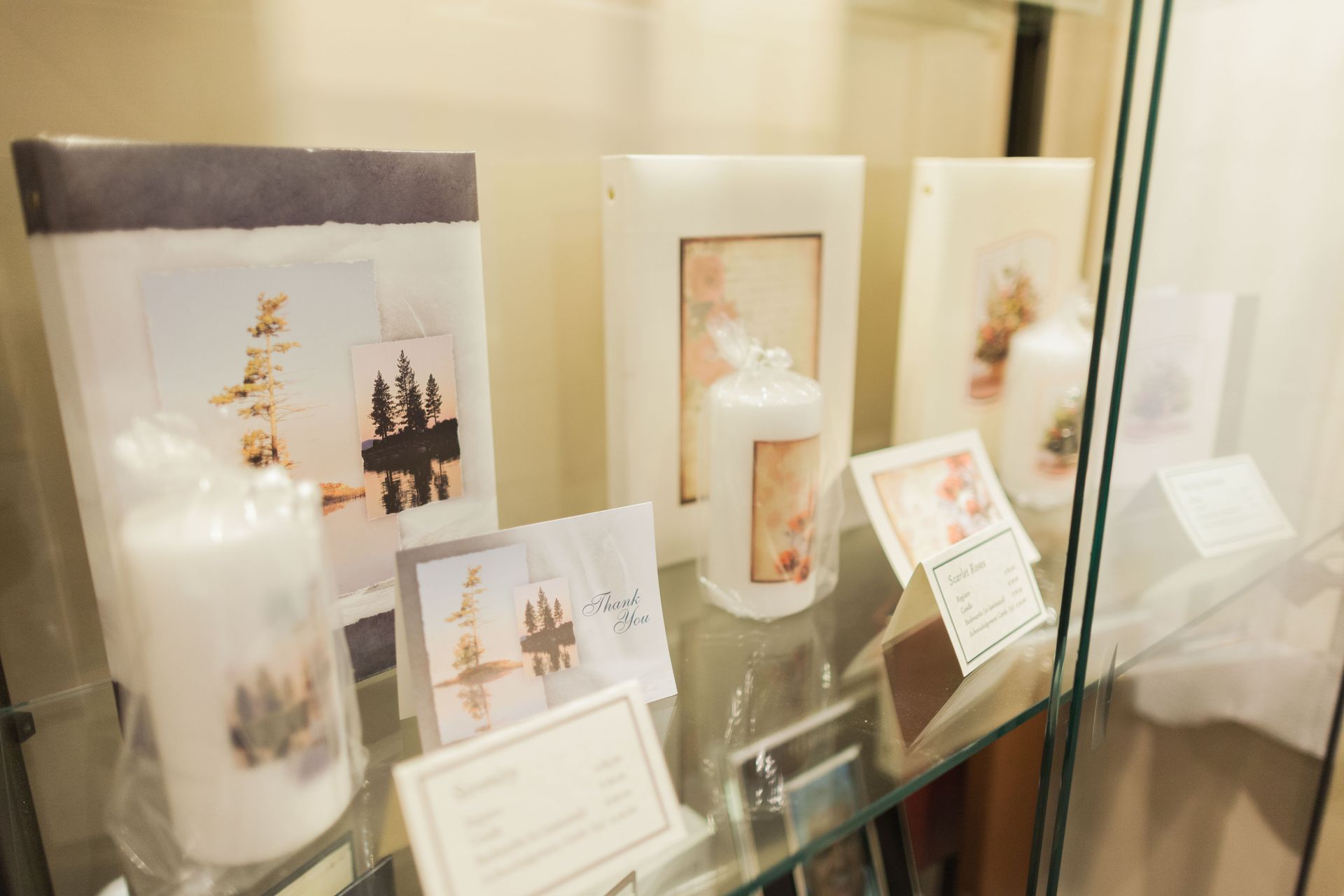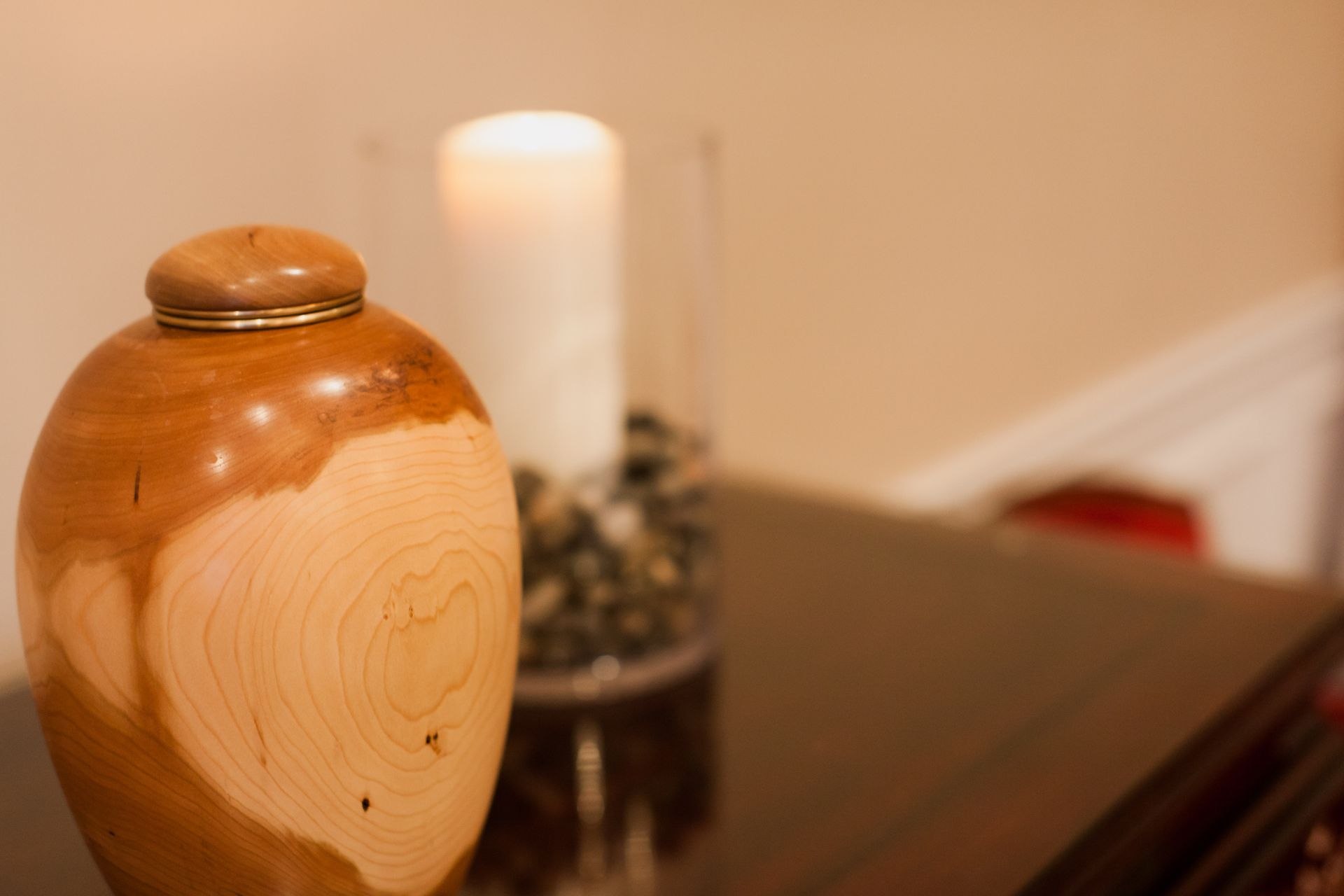Travelling With Cremated Remains
Losing a loved one is always hard and having to fly close or far with a loved one’s cremated remains can be an extra challenge that can be very stressful. To answer some common questions like – can you bring cremated remains on a plane? Or what documentation do I need to bring? What kind of container can the cremated remains be in? for all these questions we have put together some important points to have in mind before travelling.
When travelling by air with your loved ones cremated remains, please be sure to bring them in your carry-on with you, it would be easier and safer than in a checked bag, because of the risks associated with checked baggage, as these are subjected to rapid and sometimes rough movement along the way to and from the aircraft with the risk that your luggage could be lost or damaged along the trip and not every airline allows cremated remains to be carried in checked luggage, so it’s important to check with your airline carrier before going to the airport.
To take your Loved one’s cremated remains on your carry-on please consider the following:
- Cremated remains must travel through the X-ray machine just like all other baggage, so if the machine or a security screener can’t see what’s in the urn, they won’t let it on the plane. Having this in mind give yourself extra time to get through security, the extra time means that, if the security screener does not allow the urn to pass through the security checkpoint, you can look into alternative ways to transport the cremated remains.
- Select an approved urn that can pass through an X-ray machine as a recommended travelling urn, these are the ones made of wood, biodegradable materials (like paper), or plastic. Ask a funeral home for a simple cardboard box to carry the cremains in temporarily, or you can purchase an inexpensive plastic secured box. Have in mind that doesn’t matter what container you choose for your loved one’s cremated remains, make sure to place a label with all the information about your loved one and contact information in case it gets misplaced.
- Security screening officers will never open a cremation urn out of respect for the deceased, even if you ask them to do so. By keeping the urn closed, you significantly reduce the chances of spillage or a similar accident when flying with cremated remains. If you’re worried about your urn breaking, make sure the cremated remains are in a bag inside the urn to prevent any spills.
- While the documentation provided by the funeral home is not enough to allow the urn to bypass the X-ray machine and the required security checks for the urn to be permitted on the plane, it could come in handy when flying with cremated remains if there are any questions from security or airline employees. There may also be local laws requiring this documentation at your destination. Examples of documentation that you may want to carry include the Death Certificate and Certificate of Cremation.
- Make sure to ask your Funeral Director if they have experience with the rules and documentation that you need to have for the specific destination you are going to so that upon arrival you don’t find yourself in a difficult situation. You should consider also calling the embassy of the country you are travelling to understand the specific legal requirements for transporting cremated human remains. You may need to fill out special forms or get additional authorization, so leave yourself at least two weeks for the paperwork and approvals.
Upon your arrival at security be minded that your loved one’s cremated remains are subject to security screening so with a few simple steps you would go through it swiftly:
- Advise the screening officers you have cremated remains travelling with you
- Place the urn in the bin provided by the screening officers
- Once the urn goes through the X-ray it will be pulled for a quick swab test
- Once the test is complete the screening officers will return it to you
If you have any other concerns or questions about the process, please feel free to contact us for further information at any of our Kearney locations, or visit the CATSA (Canadian Air Transport Security Authority) website.










